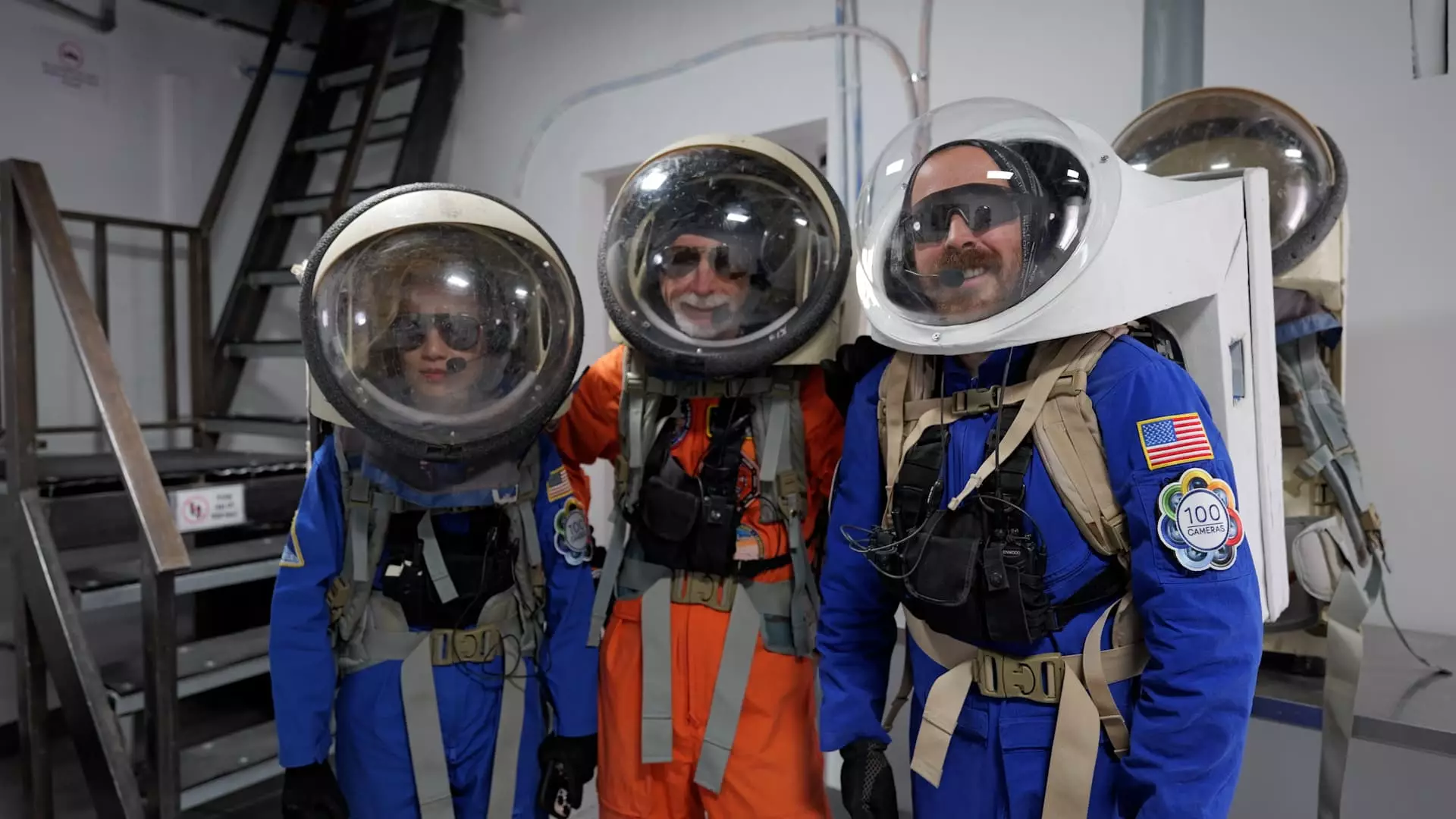The concept of colonizing Mars has long been romanticized in science fiction, yet recent efforts by organizations like the Mars Society signal a pivotal shift from imagination to achievable reality. The Mars Desert Research Station in Utah serves as a crucial testing ground, offering a glimpse into humanity’s future beyond Earth. This remote outpost, nestled within dramatic canyons, embodies the pioneering spirit necessary to conquer the Red Planet. While many may see it as just a simulated environment, it actually functions as a vital crucible where human resilience, scientific innovation, and logistical protocols are rigorously tested. Such initiatives are not merely academic exercises—they are essential milestones that bridge our current technological capabilities with the ambitious goal of interplanetary colonization. The realism embedded within these analog missions is striking, providing invaluable insights into the daily routines, psychological challenges, and technical demands of living on another world.
The Significance of In-Depth Preparation
Analog stations like MDRS aren’t simply about replicating Mars conditions; they serve as laboratories for refining everything from engineering solutions to human behavior in extreme environments. Crew 315’s recent mission exemplifies this approach—a microcosm of future Martian society. Their daily regimens, logistics planning, and problem-solving exercises mimic the complexities future astronauts will face. The importance of such preparation cannot be overstated, especially as private companies like SpaceX accelerate their ambitions. Elon Musk’s predictions of human missions to Mars within the next decade hinge critically on the lessons learned through these terrestrial experiments. These missions reveal that surviving on Mars demands more than technological prowess; it requires psychological fortitude, adaptability, and meticulous discipline. The crew’s systematic approach to daily routines, from morning briefings to EVAs, reflects a dedication to cultivating habits necessary for sustained survival off Earth.
The Imperative of Human Resilience and Vision
While technological advancements are central to Mars colonization, the human element is equally paramount. The challenges faced by crew members—navigating routine tasks in an environment fraught with potential hazards—highlight the importance of resilience. The rhythmic nature of their days, punctuated by scientific experiments and exploratory walks, underscores both the monotony and the vital necessity of maintaining mental focus. There’s an undeniable truth: pushing humanity into space is as much a psychological journey as it is a technological quest. Inspired leaders like Elon Musk energize this vision, but it is the meticulous groundwork, like the efforts at MDRS, that truly propels us forward. These efforts strengthen our collective confidence that Mars is not merely a distant dream but a reachable destination—one that demands unwavering commitment, relentless innovation, and courageous spirit. As we stand on the cusp of a new era of exploration, it is clear that human ingenuity and resolve remain the strongest engines driving us toward the red horizon.

